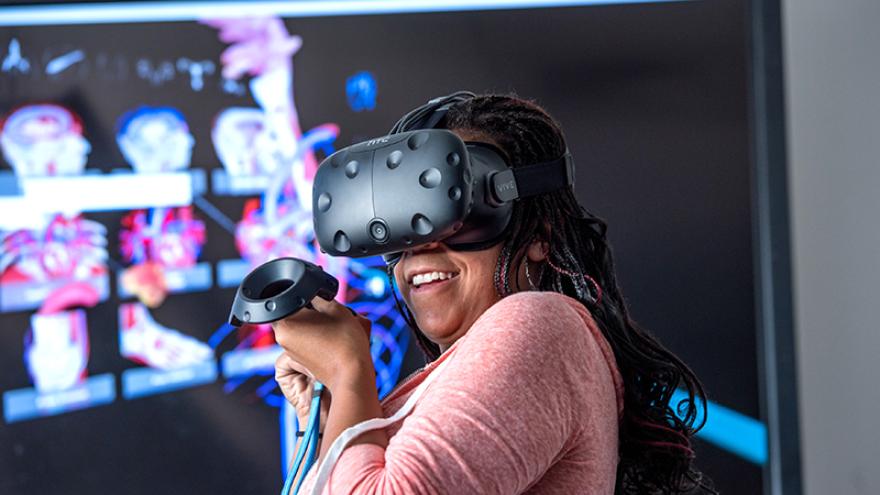Continuous Learning

In his 2015 State of the University address, Chancellor Sam Hawgood identified four priority areas for UCSF: continuous learning, equity and inclusion, precision medicine, and transformative partnerships. The University's investment of energy and resources in these priorities will complement and extend ongoing investment in UCSF's core strengths in research, patient care and education.